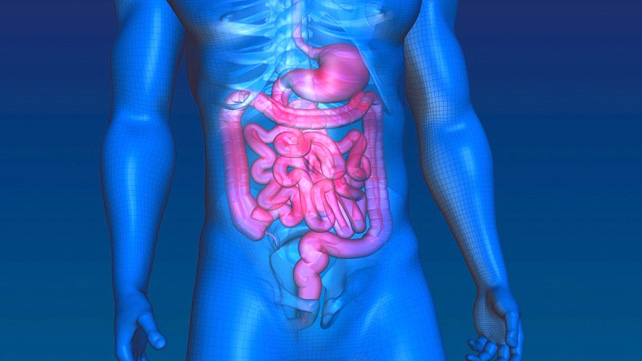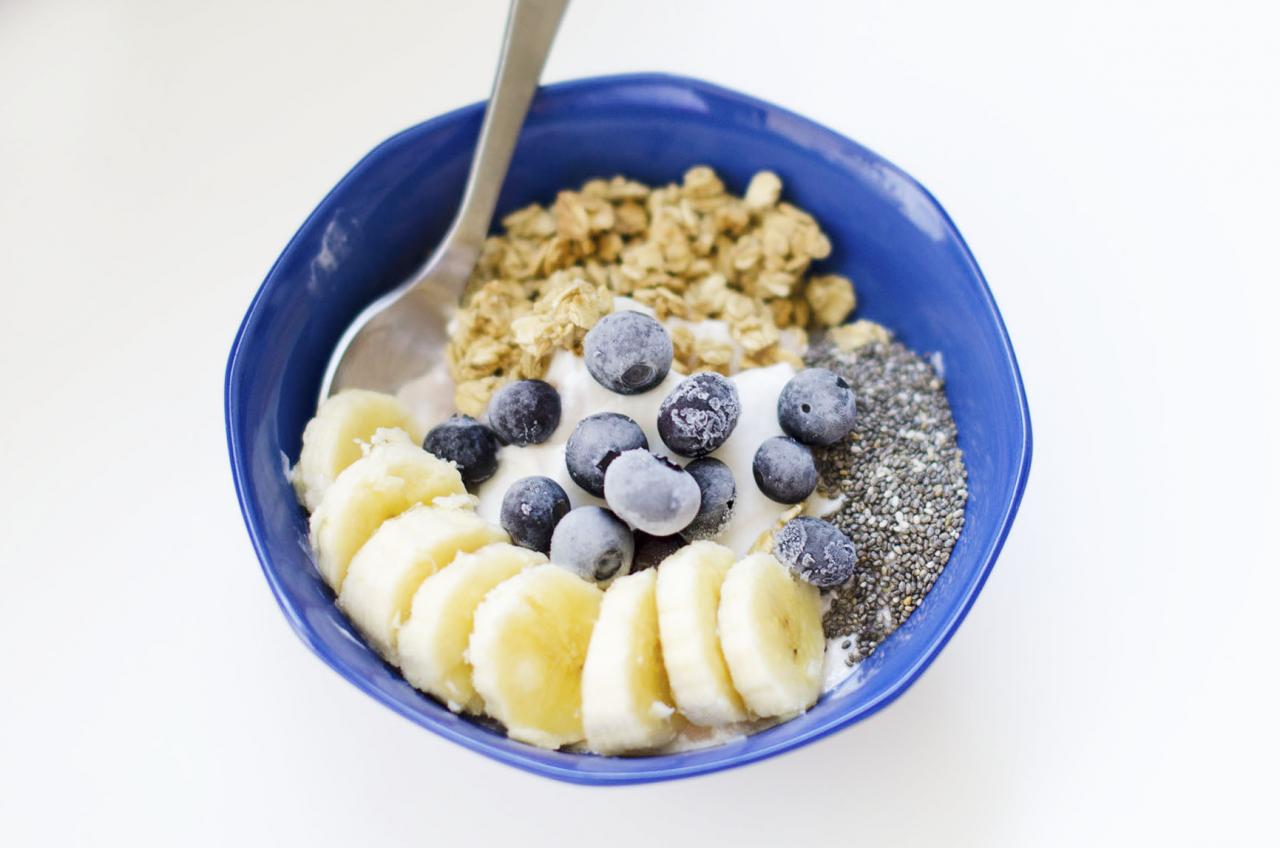
Crohn’s disease can involve any part of your intestinal tract. Inflammation from Crohn’s disease commonly causes abdominal pain and diarrhea. This inflammation can affect all layers of tissue in the lining of the intestine and can lead to a variety of complications.
Here are some of the most likely complications:
Intestinal blockage
This is the most common complication of Crohn’s disease. Swelling and scarring can narrow the passage through your intestines. This can cause constipation, discomfort, and abdominal pain.
Ulcers
Chronic inflammation of the lining of the intestine can cause internal sores called ulcers to develop. Ulcers may occur anywhere in your digestive tract, including your mouth and anus. They can also occur in the genital area.
Fistulas
Ulcers can penetrate deeply into the tissue of the intestinal wall. They may even form a tunnel all the way through the wall of the intestine. This is called a fistula.
Fistulas create abnormal connections between different parts of your intestine, your intestine and your skin, or your intestine and other organs.
There are five types of fistulas:
- Abdominal abscess: If the fistula opens to an empty space in the abdomen, it can cause an infection and fill with pus (an abdominal abscess). Abdominal abscesses can cause high fevers as well as abdominal pain and tenderness.
- Enteric-vesicular fistula: A fistula between the intestine and the bladder is called an enteric-vesicular fistula. This can cause frequent urinary tract infections. It may also cause you to pass gas and feces during urination.
- Enteric-cutaneous fistula: A fistula between the intestine and the skin is called an enteric-cutaneous fistula. This can cause an opening on the skin of the abdomen. Pus, bowel contents, and mucus may discharge from this opening.
- Colonic-vaginal fistula: A fistula between the colon and the vagina is called a colonic-vaginal fistula. This can cause gas and feces to pass through the vagina.
- Anal fistula: A fistula from the intestines to the anus is called an anal fistula. Mucus and pus may discharge from the fistula’s opening around the anus.
Malabsorption
Malabsorption is common with Crohn’s disease. It can lead to nutritional deficiencies as scarred and damaged tissues fail to absorb nutrients properly. If you have chronic diarrhea, your intestines may not have time to absorb nutrients. Malabsorption can also lead to anemia and malnutrition.
Osteoporosis
Osteoporosis is a weakening of the bones caused by a loss of calcium. This is especially common if you’ve been treated with corticosteroids.
Restless leg syndrome (RLS)
RLS is a feeling of needing to move one or both legs when sitting or lying down. It may improve when your Crohn’s is treated, or it may need to be treated separately.
Increased risk of cancer
Crohn’s disease increases your risk of developing colon cancer. Regular screenings are recommended.
Complications in children
Children with Crohn’s disease may have impaired growth and delayed sexual development due to malnutrition and vitamin or mineral deficiencies.
Other common complications
Other complications of Crohn’s disease include:
- arthritis
- skin problems
- inflammation of the eyes or mouth
- gallstones
- impaired liver function
Long-term outlook
Most Crohn’s patients experience periods of remission and flare-up. Up to 75 percent of patients will eventually require surgery, and some people will require multiple surgeries.
With the proper medical treatment, most Crohn’s patients are able to function well and live normal lives.
Read more in Crohn's Disease Resources


